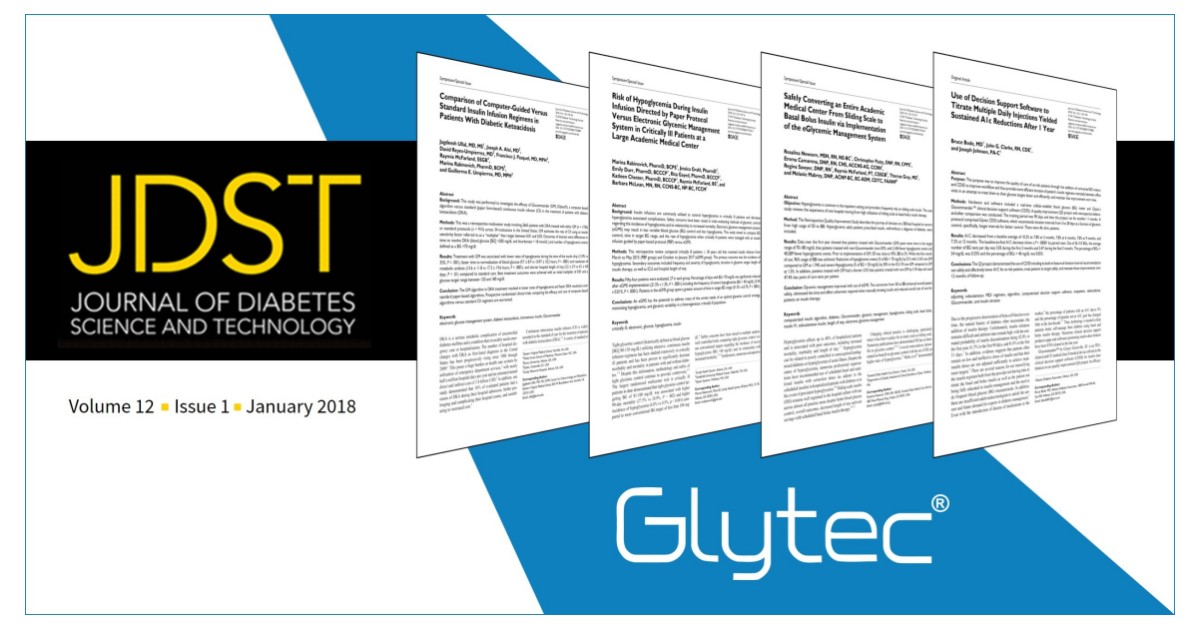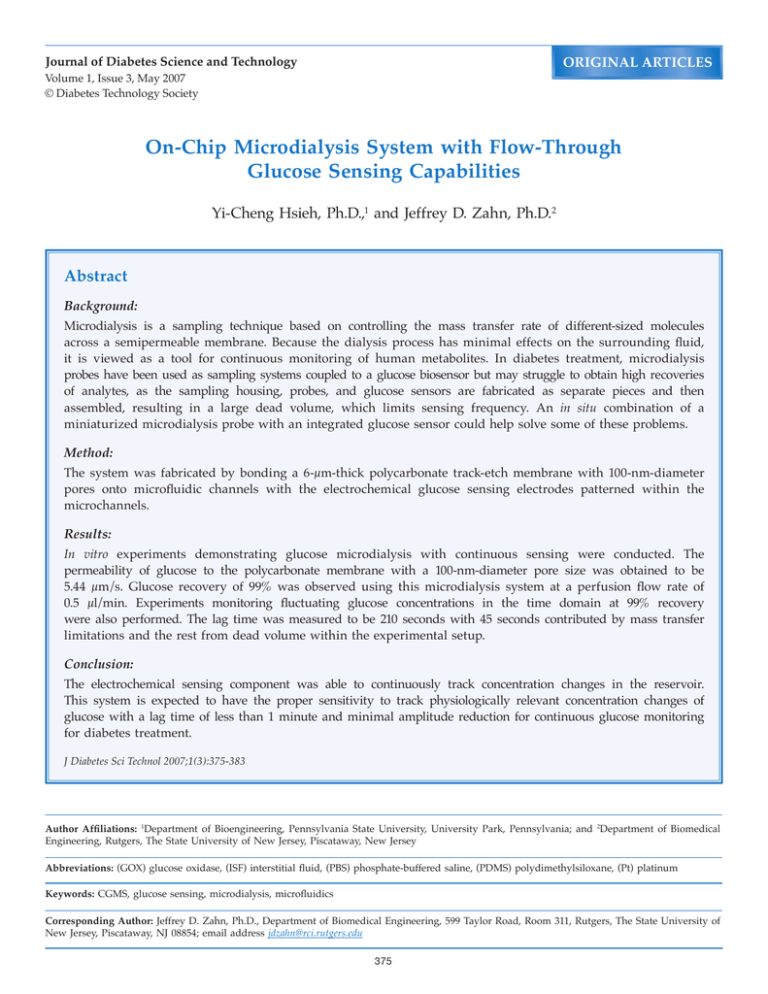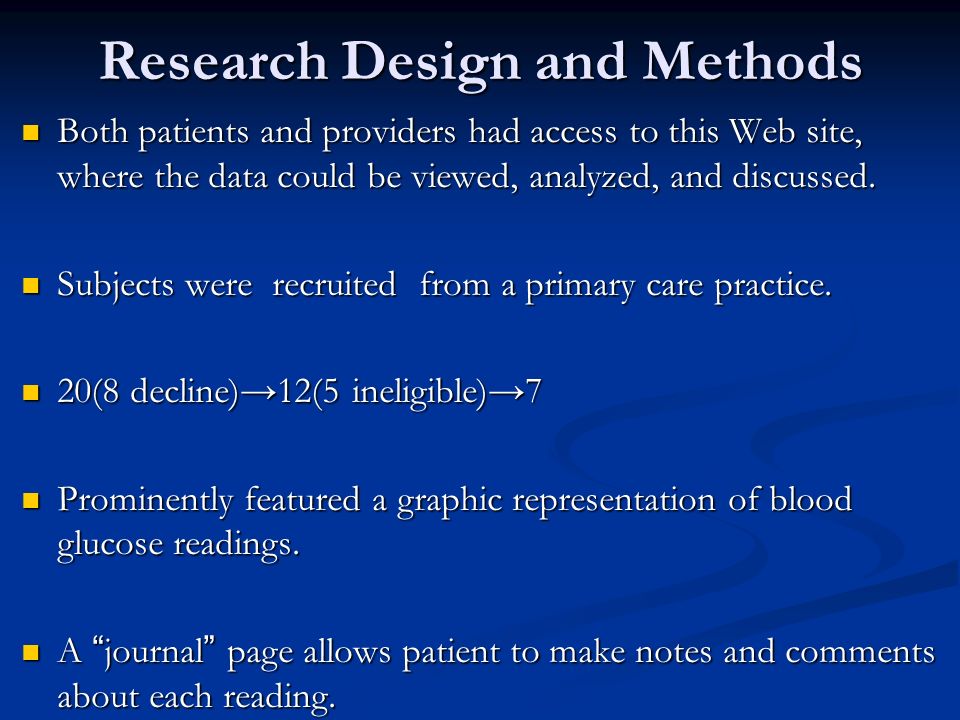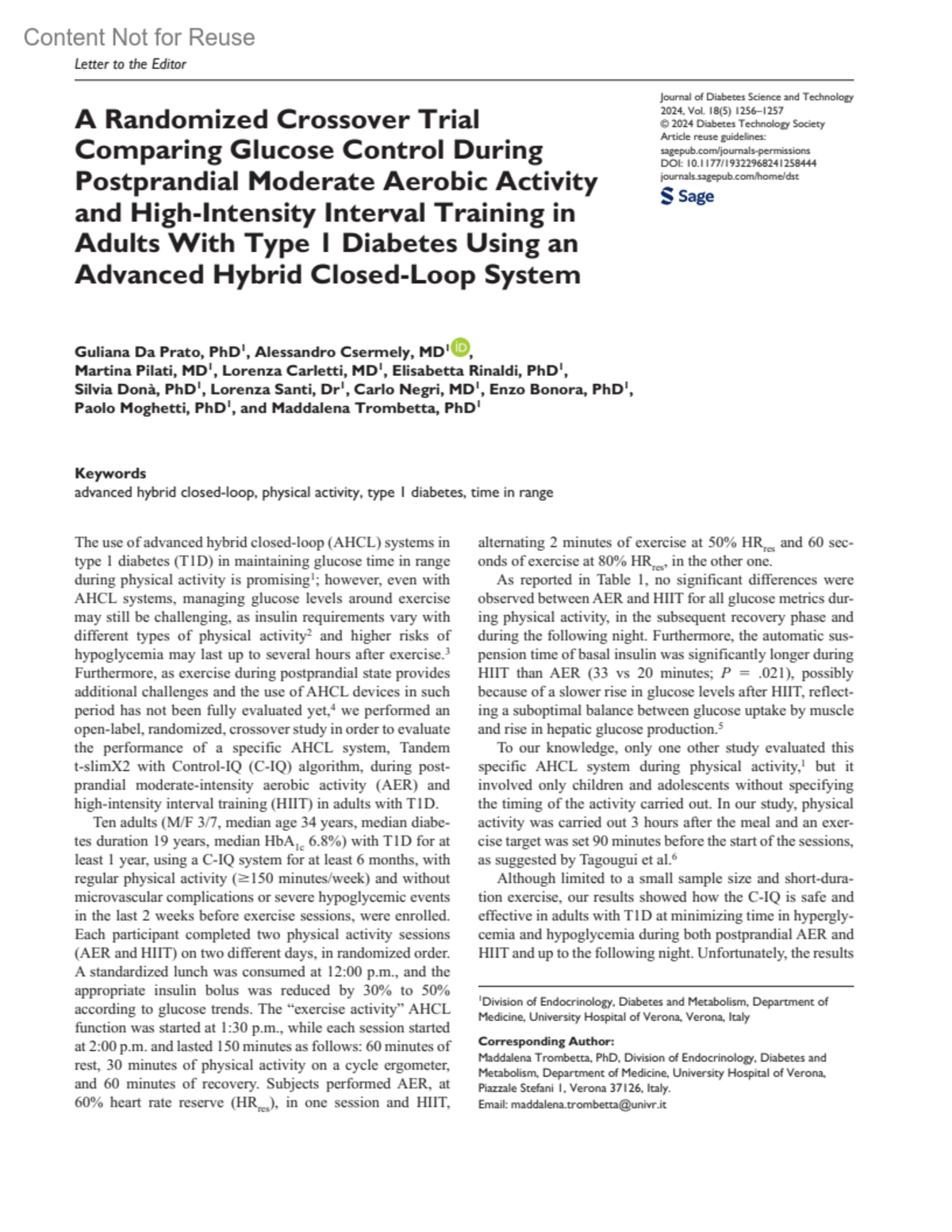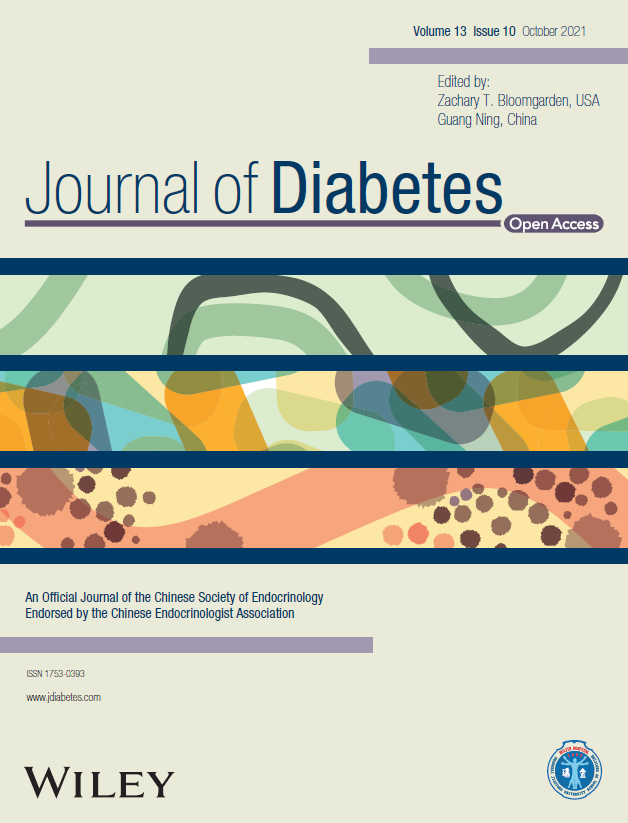Journal Of Diabetes Science And Technology

Imagine a world where understanding diabetes isn't a daunting task filled with complex jargon, but rather an accessible journey guided by insightful research and practical solutions. Picture healthcare professionals, researchers, and individuals affected by diabetes, all empowered by a trusted source of knowledge. This vision is the driving force behind the Journal of Diabetes Science and Technology (JDST), a beacon of clarity in the ever-evolving landscape of diabetes care.
JDST is a peer-reviewed bimonthly journal dedicated to the rapid dissemination of innovative ideas and technologies relevant to diabetes. Its mission is to bridge the gap between cutting-edge research and practical applications, ultimately improving the lives of people living with diabetes.
A History Rooted in Innovation
The journal's story began in 2007, conceived by a group of leading diabetes technology experts who recognized a need for a publication focused specifically on the intersection of technology and diabetes care. They envisioned a platform where researchers, clinicians, and industry professionals could share their findings, insights, and innovations, fostering collaboration and accelerating progress in the field.
From its inception, JDST has strived to be more than just another academic journal. It aimed to be a dynamic forum for discussion, debate, and the exchange of ideas, reflecting the rapidly changing nature of diabetes technology. The early years were marked by a commitment to publishing high-quality research across a broad range of topics, from continuous glucose monitoring (CGM) and insulin pumps to artificial pancreas systems and telehealth solutions.
The Growth of a Global Resource
Over the years, JDST has steadily grown in prominence and influence, attracting submissions from researchers around the globe. Its commitment to rigorous peer review and its focus on practical relevance have earned it a reputation as a trusted source of information for healthcare professionals and researchers alike.
The journal's reach extends beyond the scientific community, with many articles translated into plain language summaries to make them accessible to individuals with diabetes and their families. This dedication to patient empowerment is a key distinguishing feature of JDST.
The Scope of JDST: A Diverse Landscape
JDST's scope is remarkably broad, encompassing virtually every aspect of diabetes technology and its application in clinical practice. From basic science investigations to clinical trials and real-world implementation studies, the journal covers the full spectrum of research.
Key areas of focus include: continuous glucose monitoring (CGM), insulin delivery systems (pumps and pens), artificial pancreas systems (also known as closed-loop systems), glucose sensors, telehealth and remote monitoring, decision support systems, data analytics and machine learning, and behavioral interventions using technology.
The journal also publishes articles on the economic and social impact of diabetes technology, as well as ethical considerations related to its use. This holistic approach ensures that JDST remains at the forefront of the field, addressing the most pressing challenges and opportunities in diabetes care.
"JDST plays a critical role in disseminating cutting-edge research and fostering innovation in diabetes technology," said Dr. Jane Anderson, a leading endocrinologist and frequent contributor to the journal.
Impacting Clinical Practice and Patient Outcomes
JDST's impact extends far beyond the pages of the journal. The research published in JDST has directly influenced clinical practice guidelines, informed the development of new technologies, and ultimately improved patient outcomes.
For example, studies published in JDST have played a key role in demonstrating the effectiveness of continuous glucose monitoring (CGM) in improving glycemic control and reducing the risk of hypoglycemia. This evidence has led to wider adoption of CGM technology and has transformed the way diabetes is managed.
Similarly, JDST has been instrumental in showcasing the benefits of artificial pancreas systems, which automatically adjust insulin delivery based on real-time glucose levels. These systems have the potential to significantly reduce the burden of diabetes management and improve quality of life.
A Commitment to Open Access and Accessibility
Recognizing the importance of making research freely available to everyone, JDST transitioned to an open access publishing model in 2018. This means that all articles published in the journal are immediately and permanently accessible online, without any subscription fees or paywalls.
This decision reflects JDST's commitment to promoting knowledge sharing and ensuring that its research can reach the widest possible audience. By removing barriers to access, JDST aims to accelerate the translation of research findings into improved diabetes care.
The open access model also benefits researchers in low- and middle-income countries, who may not have access to traditional subscription-based journals. By providing free access to its content, JDST helps to level the playing field and promote global collaboration in diabetes research.
Looking Ahead: The Future of JDST
As diabetes technology continues to evolve at a rapid pace, JDST remains committed to its mission of disseminating innovative ideas and improving the lives of people with diabetes. The journal is constantly adapting to the changing landscape, embracing new technologies and exploring emerging areas of research.
One key area of focus is the use of artificial intelligence and machine learning in diabetes management. JDST is actively seeking submissions that explore the potential of these technologies to personalize treatment, predict complications, and improve patient outcomes.
Another area of interest is the integration of diabetes technology with other healthcare platforms, such as electronic health records and telehealth systems. JDST aims to showcase research that demonstrates the value of these integrated solutions in improving care coordination and patient engagement.
The journal also recognizes the importance of addressing health disparities in diabetes care. JDST is committed to publishing research that examines the impact of social determinants of health on diabetes outcomes and that identifies strategies for reducing inequities in access to technology and care.
In conclusion, the Journal of Diabetes Science and Technology stands as a vital resource in the ongoing fight against diabetes. Through its commitment to innovation, accessibility, and collaboration, JDST continues to empower researchers, clinicians, and individuals with diabetes, driving progress toward a future where diabetes is no longer a burden, but a manageable condition.
JDST's journey reflects not just the evolution of a journal, but the advancement of diabetes care itself. It's a testament to the power of shared knowledge and the unwavering dedication of those working to improve the lives of millions affected by this complex disease. The future of diabetes care is being shaped, in part, within the pages of this remarkable journal.
